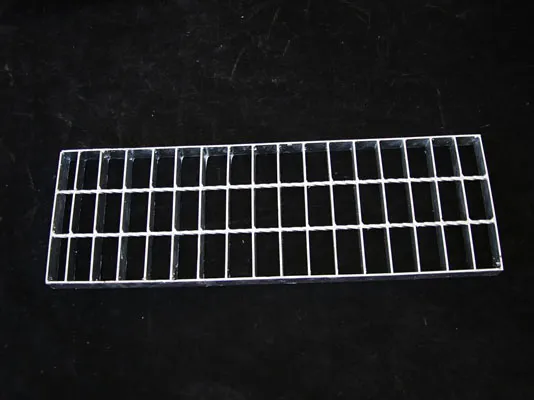
- Afrikaans
- Albanian
- Arabic
- Armenian
- Azerbaijani
- Basque
- Belarusian
- Bengali
- Bosnian
- Bulgarian
- Croatian
- Czech
- Danish
- Dutch
- English
- Esperanto
- Estonian
- Finnish
- French
- Galician
- Georgian
- German
- Greek
- hawaiian
- Hindi
- Hungarian
- Indonesian
- irish
- Italian
- Lao
- Latvian
- Lithuanian
- Luxembourgish
- Macedonian
- Maltese
- Myanmar
- Norwegian
- Polish
- Portuguese
- Romanian
- Russian
- Serbian
- Slovak
- Somali
- Spanish
- Swedish
- Thai
- Turkish
- Turkmen
- Vietnamese
Dhj . 12, 2024 05:12 Back to list
buy cattle fencing
Buying Cattle Fencing A Comprehensive Guide
When it comes to managing livestock, one of the most critical aspects is ensuring that your cattle have a safe and secure environment to graze in. This often comes down to investing in quality cattle fencing. In this article, we'll explore the necessary considerations, types of fencing available, and tips for making a sensible purchase.
Understanding Your Needs
Before diving into the specifics of different fencing types, it's essential to assess your unique needs. Factors such as the size of your property, the number of cattle, terrain types, and even local wildlife will influence your fencing requirements. Additionally, think about whether you need temporary or permanent fencing solutions.
Types of Cattle Fencing
1. Barbed Wire Fencing This is one of the most common types of cattle fencing. Barbed wire is cost-effective and relatively easy to install. It can deter cattle from pushing against the fence, but it may not be the best option if you have young or smaller livestock, as they may get injured. Typically, a three to five-strand barbed wire fence is sufficient for cattle.
2. Smooth Wire Fencing A smooth wire fence is another popular choice. It is safer for the animals since there are no barbs to cause injury. Smooth wire fencing is often used in combination with other materials, such as wooden posts, to ensure sturdiness and longevity.
3. Electric Fencing This type uses electrical currents to create a psychological barrier for cattle. Electric fencing can be a highly effective method for controlling cattle movement as it is less intrusive and can cover a larger area with fewer materials. However, proper installation and maintenance are crucial for its effectiveness.
4. Wooden Fencing While more expensive than wire options, wooden fencing provides durability and aesthetic appeal. It is typically used in scenarios where visibility or landscaping is a concern. Wooden posts and rails can secure the perimeter, but upkeep is necessary to prevent decay over time.
buy cattle fencing

5. High-Tensile Fencing This type of fencing uses a higher grade of wire and is exceptionally strong. High-tensile fences can be stretched tightly and can withstand harsh weather conditions. It is suitable for larger properties and can affordably cover extensive grazing areas.
Key Considerations When Buying Cattle Fencing
- Durability and Maintenance Evaluate the environmental conditions of your property. Fences in moist climates may require different materials than those in dry areas. Consider how much maintenance each type will require. Wooden fences, while aesthetically pleasing, need regular inspections and potential repairs.
- Cost vs. Longevity While it might be tempting to go for the cheapest option available, weigh the long-term costs against the initial investment. A well-made fence can save you money over time by reducing the need for frequent replacements and repairs.
- Height and Spacing Cattle are large animals, so ensure that your fence is tall enough to prevent them from jumping over. The spacing between wires or rails is also crucial, especially with young or smaller animals.
- Installation Depending on your skills and available tools, you might choose to install the fence yourself or hire professionals. DIY installation can save you money, but ensure you research adequately and follow guidelines to avoid common pitfalls.
- Local Regulations Check with your local authorities regarding any fencing regulations that might affect your property. Some regions may have specific requirements for fencing that are intended to protect livestock or prevent the encroachment of wild animals.
Conclusion
Investing in quality cattle fencing is essential for the safety and well-being of your livestock. By understanding your needs and weighing the pros and cons of various fencing types, you can make an informed decision that meets your requirements. Whether you opt for barbed wire, electric fencing, or a more traditional wooden fence, taking the time to choose the right materials and installation methods will ultimately lead to a safer and more secure environment for your cattle. As you embark on your journey of purchasing cattle fencing, remember that the right choice can make all the difference in managing a healthy and thriving livestock operation.
-
Shop Galvanized Horse Panels for Sale | Durable & Secure Fencing
NewsAug.29,2025
-
Wholesale T Posts: Bulk Metal & Steel T Posts for Sale
NewsAug.28,2025
-
Comprehensive Guide to Wire Mesh Solutions: Security, Durability, and Customization
NewsAug.24,2025
-
Comprehensive Guide to Welded Fencing Solutions: Durability, Security, and Style
NewsAug.24,2025
-
Comprehensive Guide to Livestock Fence Panels: Safety and Efficiency for Your Animals
NewsAug.24,2025
-
Comprehensive Guide to Temporary Fencing Solutions: From Construction Sites to Events
NewsAug.24,2025









